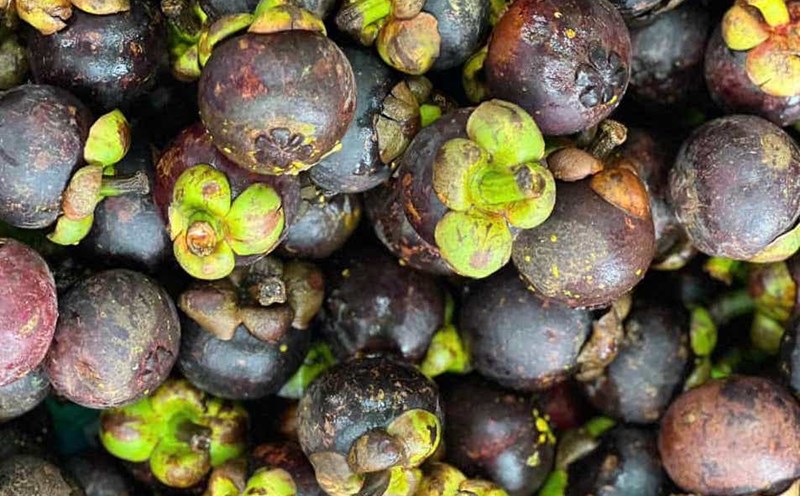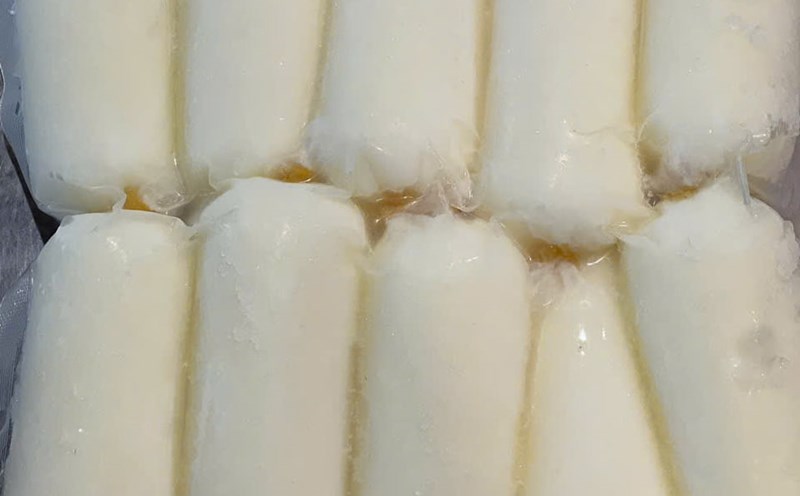Cabbage is rich in glucosinolate, a plant compound that can be converted into isothiocyanate and indole-3-carbinol, which help activate the detoxification enzymes in the liver phase II, the phase of neutralizing harmful substances to excrete them.
These enzymes include glutathione S-transferase (GST), which is considered the "biofilter" of the liver.
Cabbage also contains a large amount of vitamin C, vitamin K, soluble fiber and anthocyanin (in purple cabbage) - substances that reduce inflammation, fight oxidation and protect liver cells from damage caused by oxidative stress.
How to prepare cabbage to optimize the ability to support the liver:
To maximize the benefits of cabbage for the liver, it is important not only to eat the right type but also to prepare it properly:
Boiled or lightly steamed cabbage
Boil or steam quickly for 3-5 minutes to preserve the active ingredient glucosinolate, which is very sensitive to high temperatures.
A study in the Journal of Food Chemistry shows that boiling cabbage for too long (>10 minutes) can lose up to 40% of isothiocyanate, while light steaming or slow-storage with less oil can retain more than 80% of this bioactive.
This is a simple, easy-to-digest dish and suitable for people with weak digestive systems or recovering liver function.
Stir-fried cabbage with garlic
Combining cabbage with garlic - a spice containing allicin and sulfur - will create a dish that can support the liver to "prone". According to the Journal of Medicinal Food (2023), allicin in garlic helps reduce ALT, AST liver enzymes and reduce chronic hepatitis, especially when combined with cruciferous vegetables.
Note that you should stir-fry quickly on a large heat so that the vegetables are crispy and the nutrients do not decompose.
Whole purple cabbage salad
Purple cabbage contains anthocyanin, a powerful antioxidant that helps reduce liver cell damage and enhances liver protection against harmful agents. Eating raw in salad is a way to retain flavonoids and natural enzymes that support digestion.
A study at the University of Toronto shows that a diet rich in anthocyanins helps reduce the risk of non-alcoholic fatty liver disease (NAFLD) by up to 35% in people with prediabetes.
Cabbage soup cooked with green beans or radishes
This combination helps cool down, purify the blood and supports liver detoxification through bile. Green beans are rich in flavonoids, while white radish contains myrosinase - the enzyme that activates glucosinolate in cabbage to work more strongly.
This is a suitable dish in the summer, when the liver is easily "hot" due to temperature and stress.











